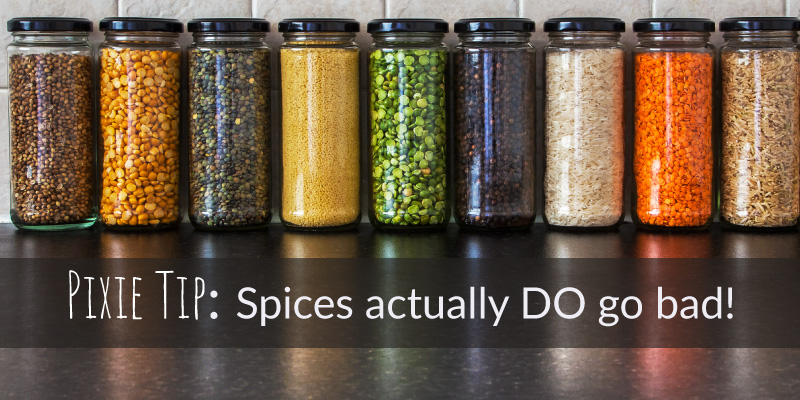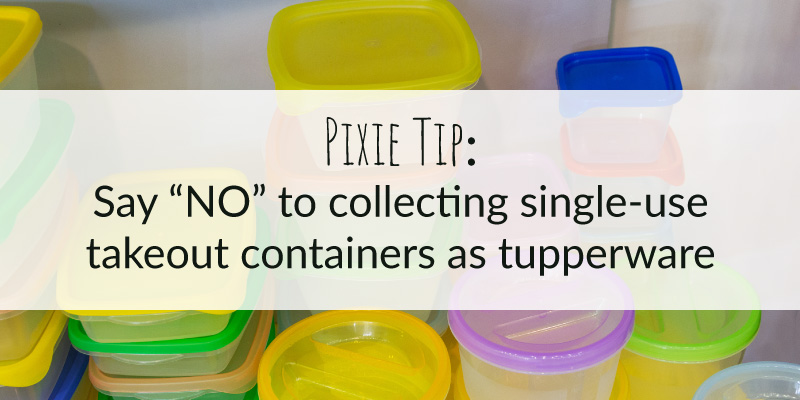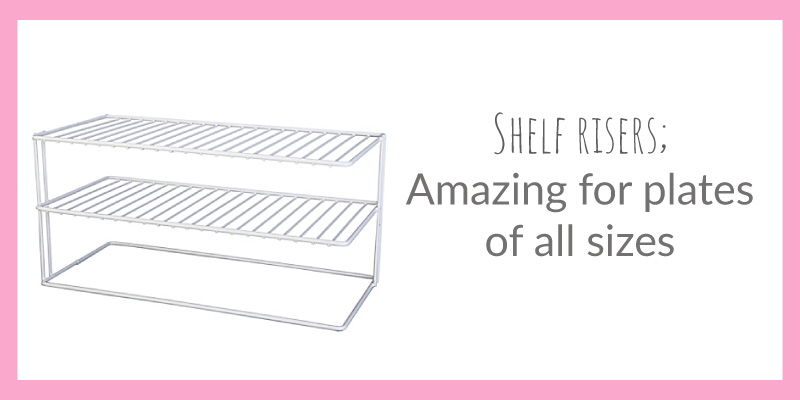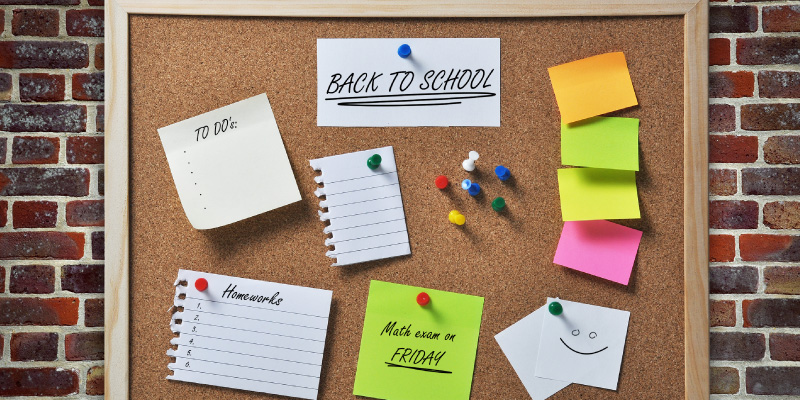Kitchen Confidential: Tips for Creating Order
For some, the kitchen is the main room of the house. It’s the heart. For others, it’s merely decorative. And for still others, the kitchen is a combination of the two. No matter how you feel about this living space, it’s gotta function, or you’re sunk (or very, very hungry). A functional kitchen operates smoothly. Maybe Gordon Ramsay wouldn’t exactly approve, but it only has to function for you, so remember these quick and easy tips that everyone can benefit from when it comes to creating order in the kitchen. Luckily for you, our book goes over some universal and type-specific ways to help you organize your kitchen so you can function smoothly within it. Every family needs to eat, right? And no one is eating if all the dishes are in the sink. Below, we’ve listed some universal rules you can follow for a kitchen that, while maybe not fit for a five-star Michelin chef, will fit YOU in the best way possible.
Purge
This is actually the first tip for the Entryway as well, but it’ll work just as nicely in the kitchen. Remember that the kitchen is a living, breathing space, holding living organisms. Like, milk. And cheese. And things that could (and do) go bad. For this reason, purging is especially important to do regularly in a kitchen. Did you know that spices go bad? And honestly, just how many mismatched coffee mugs do you need? I know you love all of them, but maybe some can be used for other things, in other rooms. Like pen or makeup brush holders. Try, if you don’t already, to clean out your fridge each week, just to get rid of anything out of date. If you’re a classic structure, you’ll use those clorox wipes to get rid of any random crumbs on the shelves, but what’s really important is making sure everything is fresh (and fresh-smelling).

Also: A note about utensils and tools: If it don’t work or you have more than one, toss. As in, dull knives, mismatched flatware, that peeler with a broken handle: These are all great candidates for the trash bin.
Container Options
They do not have to match. The actual cereal, flour, sugar, brown sugar, etc. can stay in the bags or boxes they came in, as long as you seal them after opening with a clip or rubber band. It just creates a bit more work for the shopper when he or she has to buy these items and then pour them into the appropriate containers. They might be more aesthetically pleasing, but if you don’t have that time, that’s fine. No shame, no blame!
A note of exception about tupperware or plastic containers: Try not to accumulate them and especially try not to accumulate mismatched ones. We’ve seen some Tupperware drawers in our time, and some need more ‘help’ than others. Help meaning, the drawer won’t close. Tupperware is supposed to be a time-saving tool. Don’t let it overtake you. Also, take-out containers are meant to be used one time, making Tupperware type items more sanitary and creating less stuff to purge when the time comes!

Create Efficiency
For example, put your plates in the cabinet above the dishwasher, and your flatware in the drawer next to it. This creates easy access when loading and unloading. Make sure your garbage pail or can is close to the counter where you’d be most likely to chop or peel things.
Adjust your Kitchen Cabinet Shelves
You know that thing where you stack plates of different sizes on top of each other so when you want one of the bottom-tier plates, you have to lift up the stack of top-tier plates to get it? Yes, we know. Did you know that there are things that you can put into your cabinets to completely wipe out this issue? They are called shelf risers, and they are simply ways of separating and organizing the things you keep in your cupboards for easiest and quickest access. They come in plastic, metal, and wooden versions. They are amazing. The other amazing way to organize your cabinets (and their contents) is to install pull-out shelving for the bottom cabinets. This eliminates the need for bending over or straining to grab or reach pots, pans or other items.

Make Retrieval Easy with Organizers/Lazy Susans/Bins
Remember our 7 principles? Retrieval is the key to organization, so make that process easier with things like pot-lid organizers (who knew?) and Lazy Susans. Pot-lid organizers are perfect, because they eliminate the step of taking a pot from a cabinet and having to put the lid back when it turns out you don’t need it. Lazy Susans are great for holding small things (like spices and such) and organizing cabinet space that way.
Label Things
Just label the big things so well-meaning guests and children know where everything is supposed to go, and you don’t spend eons of time re-placing things in their proper homes. Label each cabinet with a general note of what’s inside. Even Funs and Freedoms can’t object to that.
Your Fridge as a Gallery Wall
Why is it that all the artwork goes immediately onto the fridge in the kitchen? Here’s the thing: We all do it/have done it. Birth announcements, holiday cards, and doctor appointment reminders. These are all different sizes. The cards aren’t a problem. Unless you’re very popular and they pile up. The artwork? The doctor bills and reminders? We’re talking 8.5 x 11 sheets, and a ton of them. Eventually, these make it tough to open and close the doors of the fridge. Find another place to keep these things. A bulletin board makes a perfect alternative.

Make Grocery Lists- in writing
It’s that simple. Put the pad in an easy to reach place and the whole family can contribute when the mood strikes.
Cleaning Supplies Go in a Mobile Caddy under the Sink
This is just another easy access example. That means no straining to reach all the way back in the cabinet for that steel wool, but easily grabbing the caddy and pulling from that. If you have small children, just put a childproof lock on that particular cabinet.
Storing your Plastic Grocery Bags
Put these menaces to organization in a large plastic grocery bag and hang that bag on a hook.
We knew a couple who used the bags to pick up the ( … ahem!) refuse from their dog. They kept them in a kitchen drawer, and when it was time to clean the backyard, they’d use those as waste picker-uppers and dispose of them in the trash bins outside. If you’d like, you can recycle the bags at your local community center.
Make a Storage Box
Make a box and put inside everything you know you don’t need, but can’t bear to part with. Sentimental items or just things you can’t let go of. Pack up the box and put it away somewhere where you can’t see it. You’ll always have those things — they just won’t be cluttering up your kitchen.
